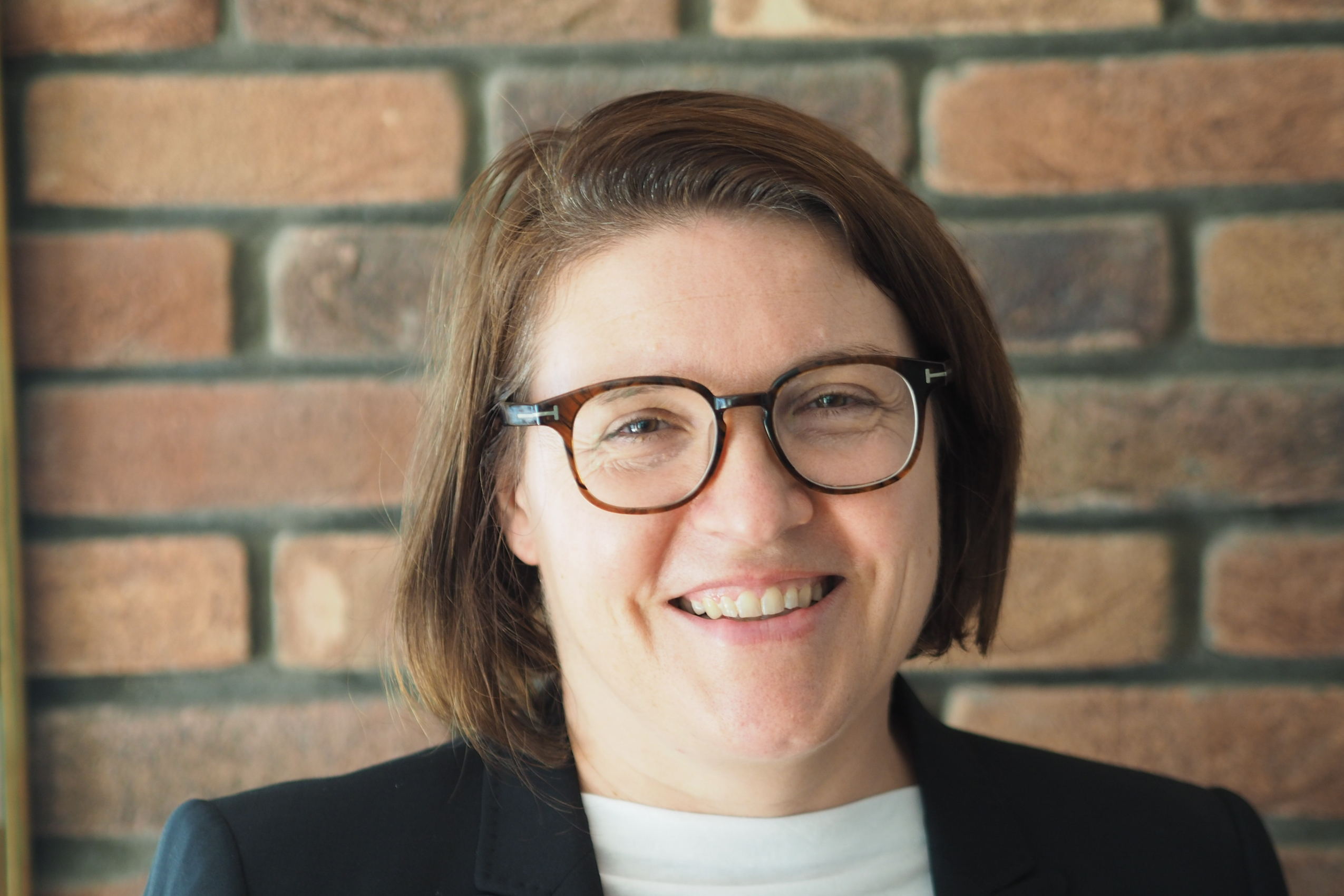Debunking digital myths

Photo credit: Olwenn Ní Dhubhghaill
Sabine Louët uncovers three myths about digital research dissemination and shares lessons she has learned.
Digital transformation is on everyone’s lips. It governs how professionals operate in the digital world so that their work has better reach and impact. For scientists, this can mean sharing their findings more widely with the scientific community for better cross-fertilisation of ideas across the knowledge economy. However, very few scientists today use the full spectrum of available digital methods to communicate and share their latest findings. This is particularly true in the highly competitive world of open access (OA), as funders increasingly require mandatory dissemination of results. I have learned precious lessons from our vast experience in helping STM publishers to support scientists in navigating changes in the digital world.
Myth No. 1: I need to share my full research paper online to attract a wider audience
Lesson: Shortening your message is key to reaching a wider or target audiences and piquing their interest in the full research paper
Scientists are always looking for quick and easy ways to stay updated. Most audiences now consume content digitally and in slots of 5–15 minutes throughout the day. This is why easy-to-digest formats that match rapidly evolving content consumption habits are needed. Developing quick-to-read summaries or highlights of research papers can drive attention to published work. These types of content are not the same as an abstract. Their value lies in that they read more like stories—offering relevant scientific information in a language that draws the reader in. Creating this type of content is not necessarily the responsibility of scientists, however. For best effect, it is advisable to turn to professional science writers. Reportedly, these professionally crafted summaries can contribute to a three-fold increase in the number of research paper downloads and a two-fold increase in citations. They are also ideal for distribution via science news brokers, such as AlphaGalileo, capable to reaching 7,000 journalists worldwide, which can result in a five-fold increase in research paper downloads.
Myth No. 2: I can improvise my digital dissemination activities as I go along
Lesson: Planning early facilitates effective dissemination
They may be worlds apart, but there are a few tips scientists can pick up from professional content marketers to communicate their achievements with greater impact. One important tip is establishing a digital presence. This means adopting a strategic approach that involves regular sharing of summarised content related to researchers’ latest published work. Scholarly publishers who are keen to support their authors know this too. Some publishers are now exploring how they can attract more readers to their journals and increase authors’ submissions by using digital technology, such as automated AI summarisation, to create trusted content on a larger scale.
Myth No. 3: The best way to communicate published research summaries is in writing
Lesson: Digital fatigue is real and scientists have varied content preferences
Some people prefer the written word, others prefer visual content. In particular, digital natives have a clear preference for visual and mobile-friendly content. Although text summaries have been proven to enhance engagement, experimenting with multiple formats can mean greater reach and more opportunities for communication via social media networks, for example. Video and audio interviews with research authors are among the most popular content formats, as are infographics—suitable to be used as multimedia and visual abstracts.
Multiple formats also allow an 'omnichannel' approach to dissemination. Varied content formats can reach scientists however they prefer to get their information—across text-based, audio and video channels. Yet, researchers’ time is precious and is best devoted to their work. The implementation of an omnichannel approach to disseminate research findings is the role of digital communication professionals at academic and research institutions, learned societies and publishers.
Building on lessons learned
Better planning and a creating a variety of story formats used for summarised research dissemination are simple steps researchers and publishers can take in their digital transformation. This is a proven approach to increasing published research discoverability. Ultimately, this approach delivers greater value to the scientific community and other important audiences, such as policymakers. Moreover, scientists sharing their published work more widely – through summarised highlights of their research – make it easier for conference organisers to notice them. It may even help researchers be better prepared for their next funding application.
Sabine Louët is the chief executive officer of specialist content creation company, SciencePOD






